
“IT’S A LABOR OF LOVE,” our art director, Peyton McMann, commented, “but it’s still a labor.” True enough, there is little down time on my periodic editorial travels across our green and pleasant land. There are stories and pictures everywhere to be had, miles to go before I sleep, old and new friends to greet, news and views to assimilate and folks to visit with “down the pub.”
[caption id="LivingtheHistory_img2" align="aligncenter" width="1024"]

DANA HUNTLEY
The land was indeed green and pleasant on my spring travels to live the history. It was the driest April in years and blue skies prevailed for more than a fortnight. I set off from Heathrow to the west, taking my favorite route along the A4 “ghost road,” through Marlborough and past Silbury Hill as far as Bath, before jumping up onto the motorway to cross the Severn into South Wales. It’s been several years since I’ve been out in the Valleys, but it’s a place I’ve always felt strangely at home.
No one can pretend that the Welsh coal fields are pretty, but they’ve got character, as have the friendly, tenacious people who make them home. I’ve always felt that inexpressible “welcome in the Vales.” It’s hard to believe here that you’re only a 90 minute drive from the heart of the Cotswolds. I stayed, as I have many times, at the Heritage Park just above Pontypridd, where the Rhondda forks at Porth. What brought me this time was the story of Senghenydd that comes along here in a few pages. I also spent a night with my good friend Norman Jarrett and his kindly wife Carol in Pontllanfraith. Norman took me over to see the new World Heritage site in Blaenafon, the old iron works near Merthyr Tydfil. Later, he and I returned to Senghenydd to sing an evening with the Aber Valley Male Voice Choir—who’ve been kind enough to entertain this extra bass in rehearsal before.
Music of a different sort led me north from the Valleys through the Marches to Merseyside. That dismisses a seven-hour meandering and delightful drive in a sentence. In the meantime, the volcanic eruption in Iceland brought air travel to and from the country to its sea-locked knees. For the next week I answered the question of when was I returning stateside with: “It depends on the volcano.”
It’s hard to think of The Beatles as history, but, yes, it’s been 50 years now since the group was rocking the walls of Liverpool’s Cavern Club, paying their dues and perfecting a musical style that would indeed shake, rattle, twist and shout the world. There’s a story here, of course, and I’ll tell it in a coming issue.
Perhaps not surprisingly, the Beatles are Liverpool’s biggest single tourist attraction. There is, of course, so much more to this big working hulk of a maritime city. The waterfront has been completely rejuvenated over the past few years with a sparkling new shopping and entertainment complex, Liverpool One, across from the Albert Dock. I stayed next door, within easy walking distance of mammoth Liverpool Cathedral and the Cavern Quarter.
From Liverpool, I threaded my way across country beneath the Peak District to the shires of the East Midlands. Everywhere I traveled, the chief topic of conversation was the British general election. It’s a far different phenomenon than our elections here in the States, of course. Though the prime ministerial contestants are well known in advance, the campaign season lasts just six weeks.
For the first time, the British electorate was treated to the kind of televised leadership debates that we have been accustomed to for more than a generation. Gordon Brown, David Cameron and Nick Clegg went head-to-head in a series of three such broadcasts. In the two that I watched, the candidates were tripping over themselves trying to say as little as possible and to speak in the broadest possible generalities. Nick Clegg was widely thought to have won the first confrontation, but they were points on style rather than on policy substance. While Brown and Cameron addressed themselves to the studio audience of some 200 people, Clegg looked directly into the camera—speaking to the television audience. That counts.
I spent three nights at Stoke Rochford Hall near the Lincolnshire market town of Grantham (hometown of Margaret Thatcher and Isaac Newton). It was one of the most unusual hotel stays in all my years of British travel. Primarily a teachers’ conference center, the mansion has recently opened itself to leisure travelers, with a stable block of well-appointed hotel rooms. It happened to be quiet when I was there, however, and they gave me the largest room in the mansion. It was 19 paces from the door of the room to the oriel window opposite. I’d never stayed in a hotel room with an echo before. As a matter of fact, I was the only one staying in the 58-room Victorian house. In the evenings, I kept expecting the ghost of the Gray Lady to come drifting down the main staircase.
[caption id="LivingtheHistory_img3" align="aligncenter" width="869"]
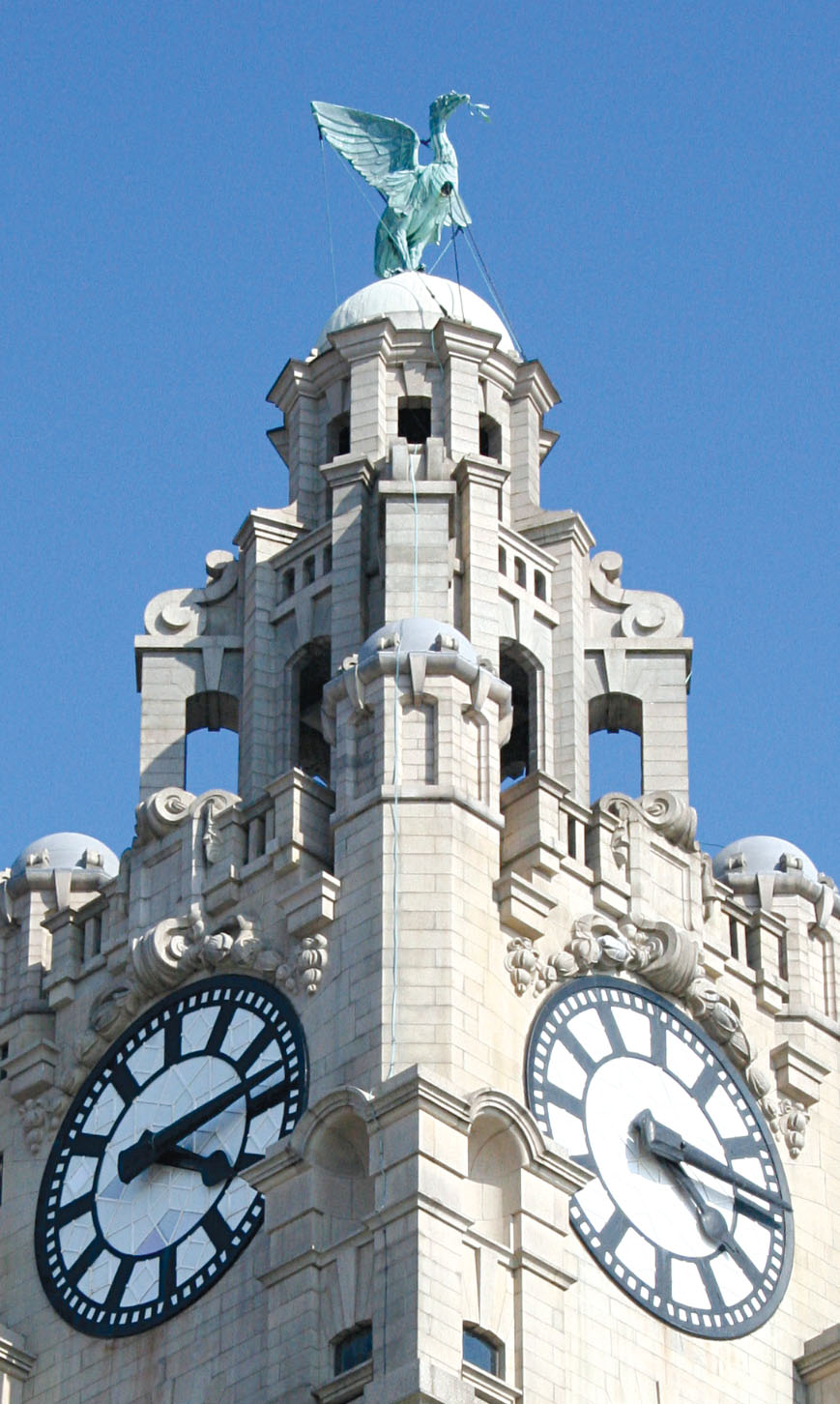
DANA HUNTLEY
Just down the A1 sits Rutland Water, the largest man-made lake in Europe. In fact, the lake-cum-reservoir occupies three per cent of Rutland—England’s smallest county. Rutland and its county town, Oakham, sits at the heart of a great local consortium of attractions called Hidden England. Once again, there was a fascinating story to tell that will come along in future pages of British Heritage. It includes such places as Grimsthorpe and Rockingham Castles, a local brewery, one of England’s most unusual gardens and much more.
One evening, I popped out to The Plough in Greetham for a well-pulled pint and a visit with some friendly Rutland folk including landlord Ian Smeeton. As we both have to step outside these days to puff on our pipes, he kindly proffered me a pinch of snuff. I passed.
Zigzagging my way south from the East Midlands through the Home Counties, I stopped in Geddington to photograph the best-preserved of the three remaining Eleanor Crosses. I also detoured to Fotheringhay, where Mary, Queen of Scots, was beheaded at long-gone Fotheringhay Castle. When the castle became derelict in the 17th century, its stones were used to build the Talbot Hotel in the nearby market town of Oundle.
While I customarily spend a few days in London, this trip I encamped just inside the M25 beltway in Watford—not known as a scenic hotspot, but very convenient both to the city and to the Chilterns and Buckinghamshire. It’s only 20 minutes or so by train into Euston Station. I did spend a day in town, and took a road trip up through Aylesbury to Stowe Landscape Gardens. As an example of 18th-century landscaping, Stowe doesn’t have the visual punch of a place like Stourhead, but its scale is immense and almost overwhelming. At the National Trust visitors center, a helpful lady did confirm that it would take more than a day to walk all the paths of Stowe’s 600 plus acres. Some 40 arches, columns and sundry follies adorn the variegated landscape, where, from those pretty paths I wandered, “every prospect pleases” just as it ought.
Among the topics of conversation with which I engage folk in friendly conversation back “down the pub” on my pointed meanderings across Britain is our British Heritage tag line: “Live the History.” Of course, we all know it is oh-so-easy to take what is local for granted. Still, from the coal valleys of South Wales all the way back to, eh, Watford, I did, as always, find an underlying (if customarily understated) pride in the riches of history that lie along every British mile. It’s well deserved.
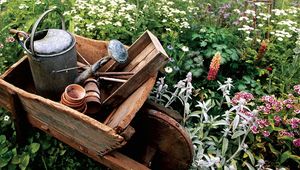
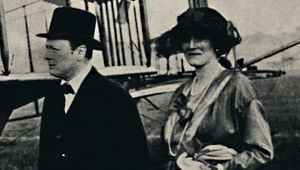
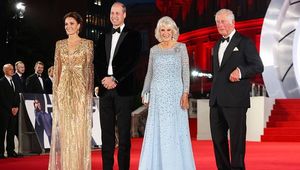
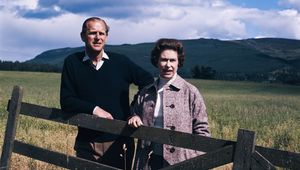
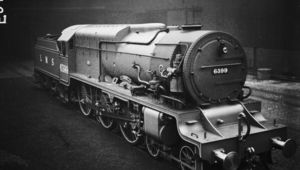
Comments